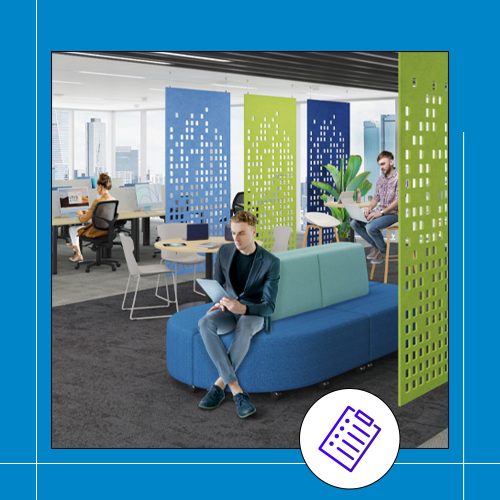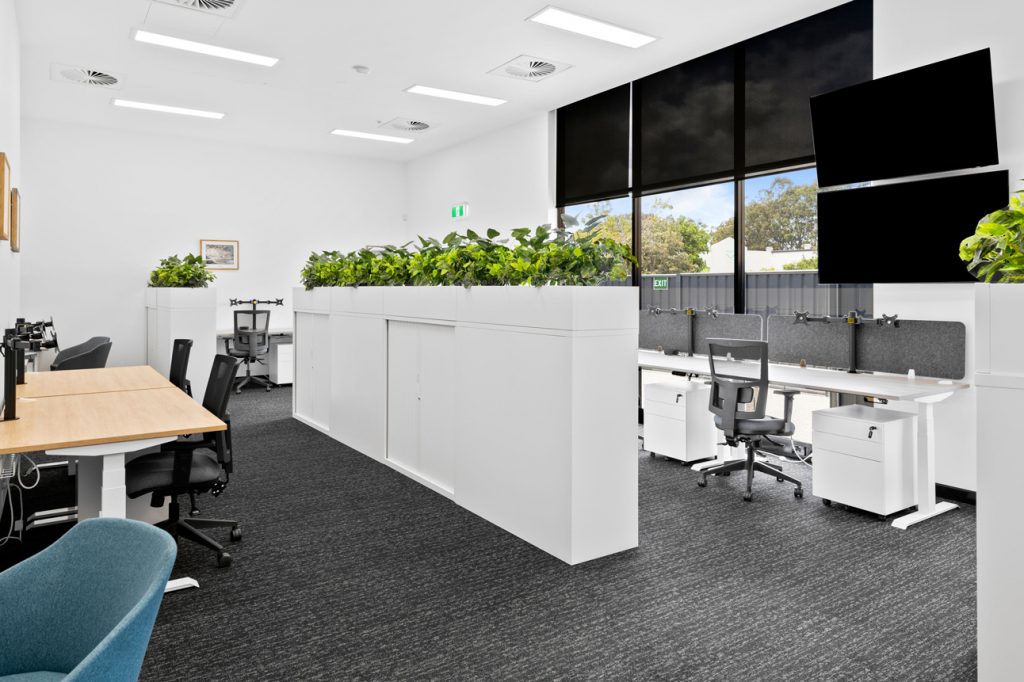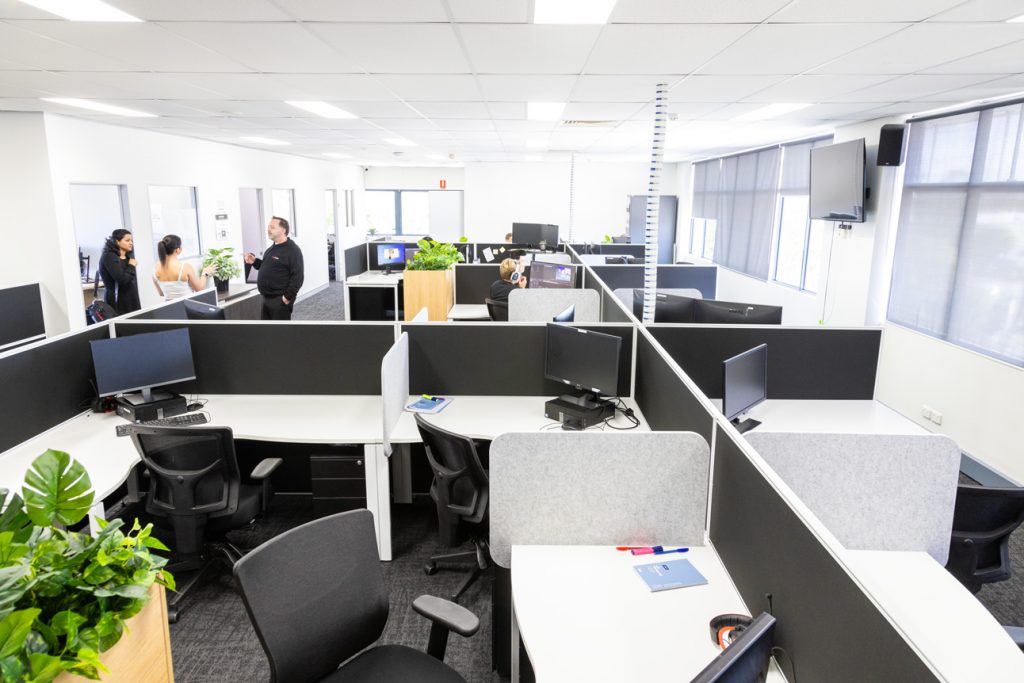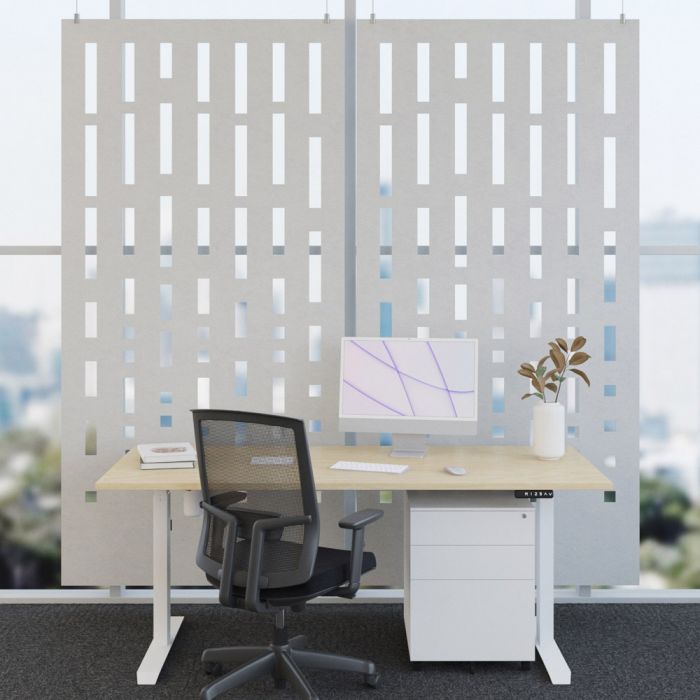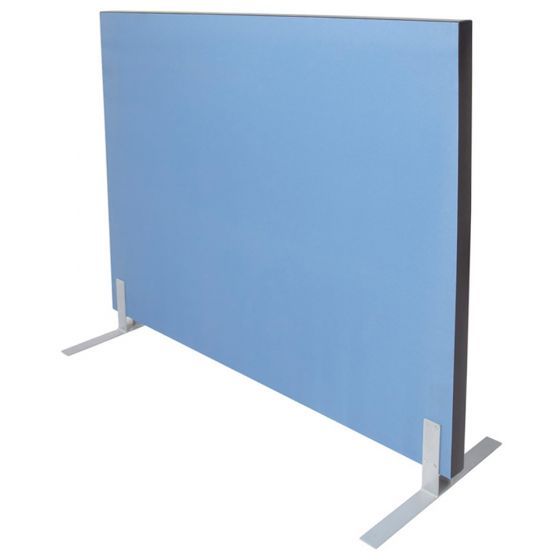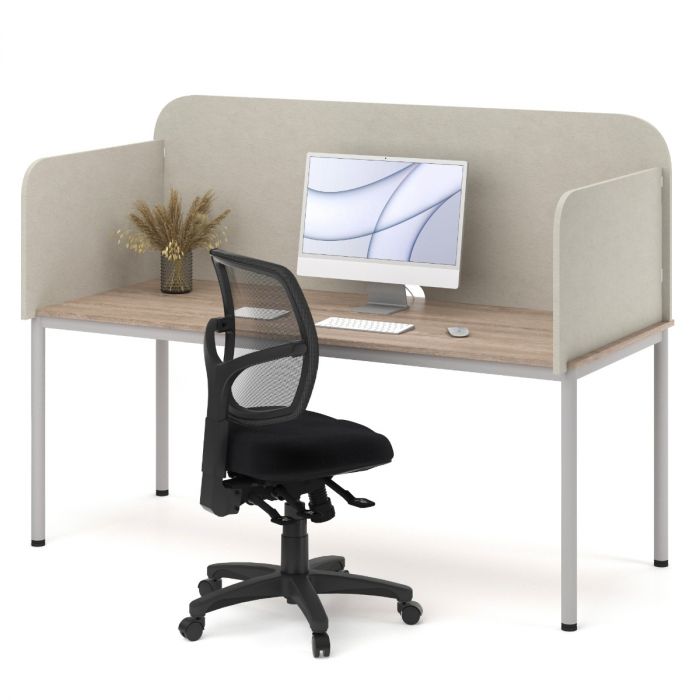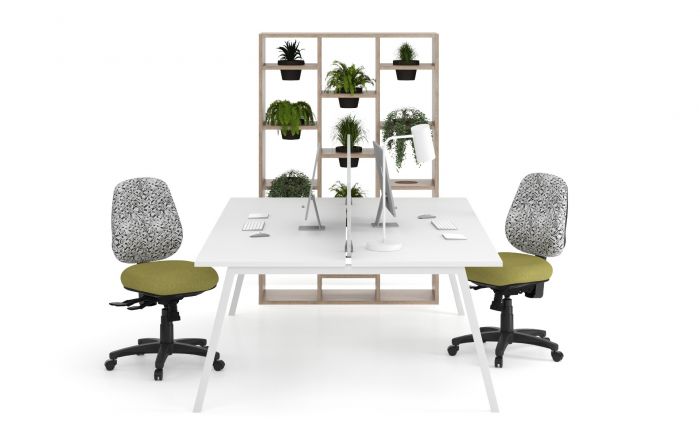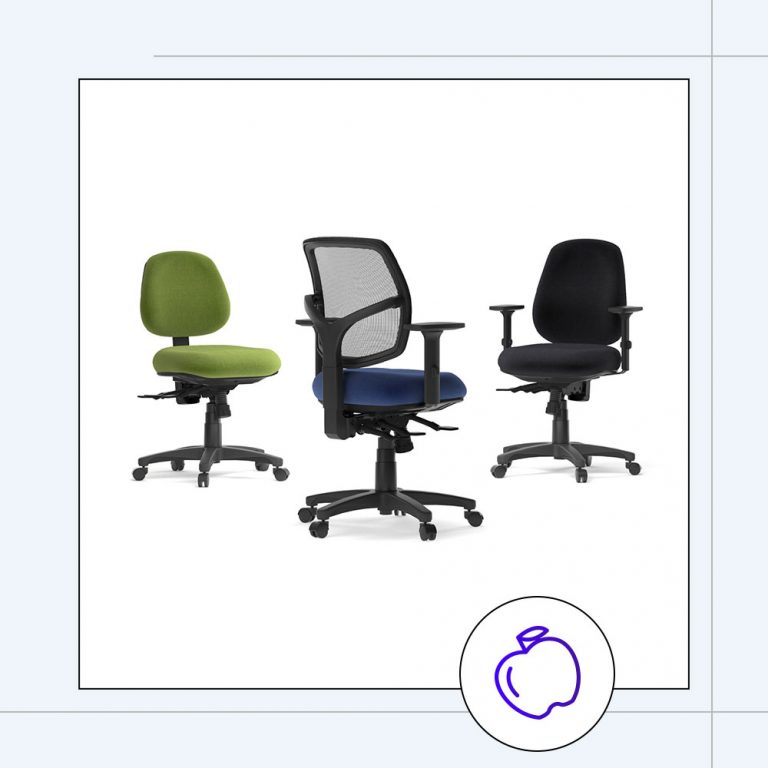We’ve become very used to the quiet, uninterrupted comfort of working from home so when returning to an open-plan office, even for a short time, social workmates, loud conversations and a lack of private workspaces can make the transition challenging. Furthermore, many who return to the office find that traditional sparse, cubicle-led designs in whites and greys can stifle the energy they need to be creative, productive and innovative.
Fortunately, office partitions, in their many forms, colours and designs, offer a simple solution to these issues.
To help you eliminate noise and privacy-related frustrations and improve comfort, we have collated a guide to choosing and using office partitions to create office zones for quiet working, meeting and collaboration that keep everyone happy and productive.
What are office partitions?
Office partitions are barriers, which can be free-standing, portable and/or removable, that are used to create smaller spaces or zones within large offices. For the purposes of this article, we’ll include desk partitions or dividers that are affixed to the back of desks, and work pods that have permanently affixed sides.
Workers in open-plan offices are subject to high levels of visual and auditory stimulation, which can be overwhelming, tiring or distracting, reducing their capacity for creativity and productivity. Depending on the structure’s size and the type of material used, office partitions can provide different types of privacy to address these issues:
- Acoustic privacy to reduce noise when a high-level of focus is needed.
- Visual privacy to reduce visual stimulation to allow people to focus with a sense of peace.
- Territorial privacy to allow teams to work collaboratively and foster a sense of belonging.
- Informational privacy to ensure confidential materials and conversations are kept secure.
Considerations when choosing and using office partitions
Before purchasing any office partitions, screens or pod-style furniture, it’s important to plan out your new office zones, paying careful consideration to the following:
- The type of work the company does and how people need to perform their tasks. The layout and number of quiet zones versus group working spaces you create using office partitions will vary depending on whether tasks are individualistic or collaborative in nature.
- How many people you need to accommodate and when. Do some people come into the office for collaborative working and leave high-concentration tasks to complete on work from home days? Do you need private hot desks or are people happy to be social and work in a communal area? Do you need sufficient desk space to have everyone in the office at one time or can some space be used for a quiet lounge-style working area?
- Where your high traffic areas are. We recommend avoiding placing designated quiet desk spaces right next to high-traffic areas like kitchens, large meeting rooms or collaborative working areas so as not to disturb people who need to focus.
- Where your major entry and exit points are. To respect the need for quiet and privacy of some employees, and not to impede egress in the event of an emergency, consider whether designated quiet working zones and partitions need to be placed away from doors and walkways.
- How much space you have. This will determine whether portable dividers, desk-dividers, pods or even hanging office partitions are the most appropriate solution for you. Some larger partitions can be bulky and make a space feel claustrophobic and hard to move in or prevent access to shared electrical points.
Most importantly, talk to your staff to seek feedback on their working preferences and how they feel the layout of the office could be improved through the placement of partitions.
Types of office partitions
While it’s tempting to use your existing bookcases, these heavy pieces of furniture can be difficult to move, look awkward and may reduce the flow of your space so thinner, portable partitions may work better. In large open plan offices, often a combination of two or more partition styles works best.
BFX offer the following options:
AudioArt Partitions
Made with eco-friendly 55% recycled PET plastic, AudioArt board is a lightweight and fire-resistant material that improves both visual privacy and sound absorption.
AudioArt partitions come in free-standing versions that can be placed around or between desks, can function as pin boards, and come in a wide variety of colours and sizes. They are ideal for creating living-room style meeting spaces, too – the softer fabric of the screens matched with a sofa provides good sound reduction, privacy, and a cosy atmosphere.
Our acoustic partitions are also available as hanging panels which can be used individually, or grouped to create dividers of various sizes without taking up too much space or restricting airflow. They are available in various colours and laser-cut designs that offer visual privacy and aesthetic appeal in echoey spaces. They are also ideal for delineating different task or team areas.
Freestanding office screens
Heavier and thicker than AudioArt partitions, traditional free-standing screens aren’t limited to use around or between desks, they are designed to be modular so can be used to create smaller meeting spaces or project areas.
Desk Screens
Also known as desk dividers, these can be included as part of a more complete solution as the privacy and noise-reduction benefits they offer, and their ability to create office zones is minimal.
However, when you need hot-desks where people need some level of focus, cubic desk screens which have 3-sided dividers are ideal.
Planter Walls & Open Shelves
Bring an element of biophilic design into your office with planter wall units, planter cupboards and open shelves filled with books, plants and ornaments.
While these won’t improve noise reduction a great deal, they will provide some visual privacy and serenity. You can see how we’ve done this for a recent fit-out project for a local council.
You can complement these pieces with rugs, soft chairs or sofas, and lamps to create an environment that echoes the comfort of working from home.
Other items you can use to create office zones
Partitioning, or dividing a large open space into working zones doesn’t have to be limited to screens. You might want to consider:
- Placing high-backed lounges in meeting areas to help with comfort and noise reduction.
- Using lounges with built-in partitions or screens like BFX’s Amelia unit to create break out areas where a kitchenette is too small to hold a table and chairs.
Placing discreet booths, or working pods along one wall to create designated quiet desks.
A final word
Office partitions aren’t just about delineating desks and departments or reducing noise in large areas, they are about providing people with comfortable, human-centred workspaces that enable them to work in a way that allows them to perform best.
BFX furniture can help you select the right office partitions and design an engaging environment that ticks the boxes both for employees who need peace and quiet, and those who come into the office for much needed human interaction. Contact our team today.


